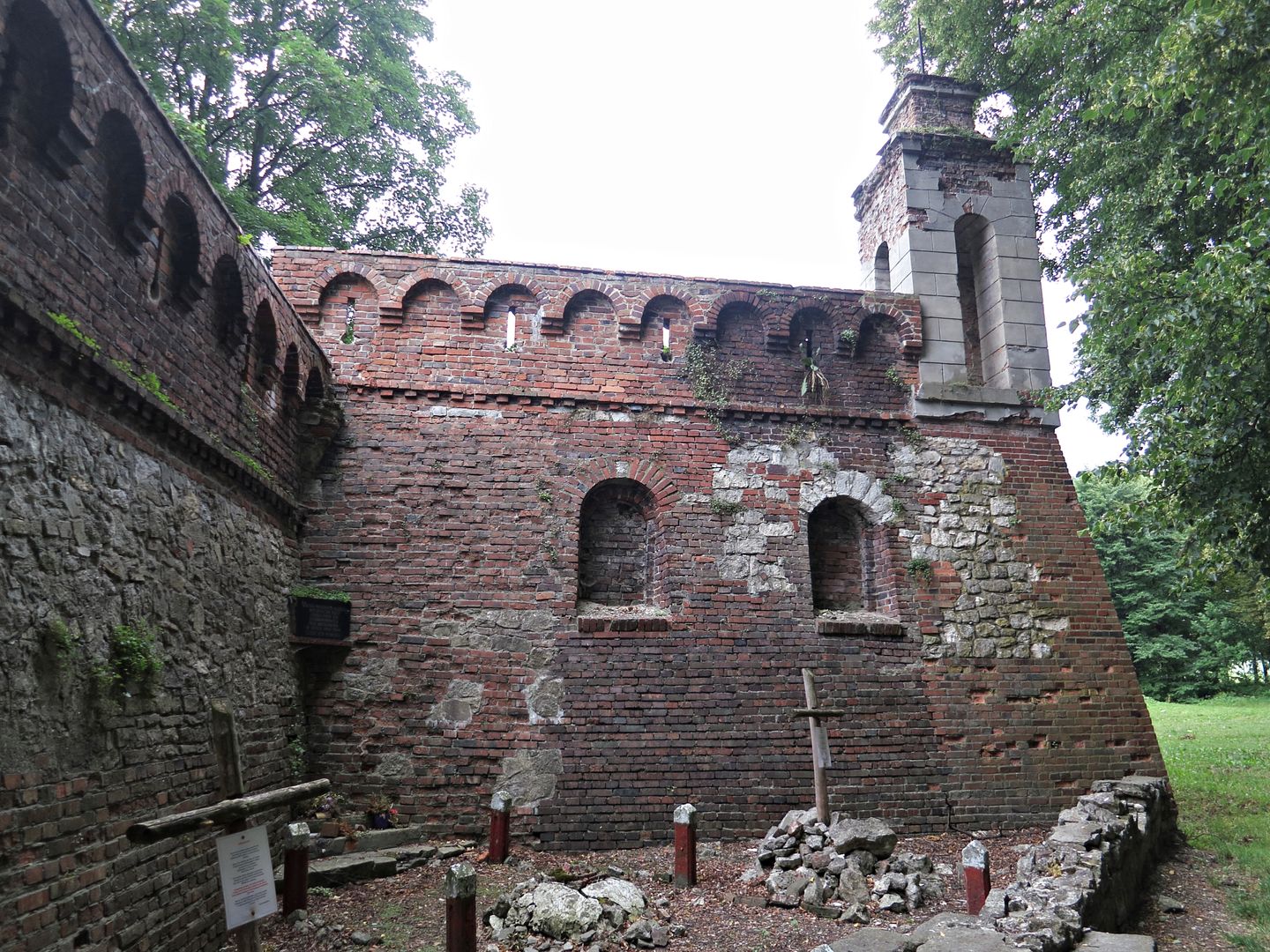Pilica Castle
8.04

Overview
Pilica Castle, situated in the Kraków-Częstochowa Upland, is a 19th-century architectural complex consisting of a palace and bastion fortifications. The history of the castle dates back to 1570, when the Bishop of Kraków, Filip Padniewski, acquired Pilica. His nephews, Wojciech and Stanisław Padniewski, contributed to the construction of a late Renaissance residence, which over the years underwent numerous renovations. After the estate was sold to Jerzy Zbaraski, who expanded the structure in the 1620s, the castle took on the form of an Italian villa. Its defensive capabilities were enhanced by subsequent owners, Stanisław Warszycki and Maria z Wesslów Sobieska, who in the 18th century transformed the castle into a Baroque palace, eliminating its military features. In the 19th century, the castle underwent further modernizations, including a Neo-Renaissance renovation during the time of Leon Epstein. During wartime, the castle was occupied by various armies, and its history was marked by numerous destructions. After World War II, it became an orphanage. In 1989, the palace complex was acquired by Barbara Piasecka Johnson, who planned to adapt it into an art gallery, housing works by great masters. The castle, surrounded by a park recognized as a natural monument, showcases a variety of architectural styles, from Renaissance and Baroque to Neo-Renaissance. The site combines a rich history, military significance, and cultural heritage associated with the artistic and reformist activities of the Wessel family. It is also worth noting the impressive bastion fortifications, which represent a unique element of 17th-century defensive architecture. Today, the castle stands as an example of cultural heritage that has survived numerous historical upheavals, and its development illustrates changes in architecture and the lifestyle of elites over the centuries.
Location
2025 Wizytor | All Rights Reserved